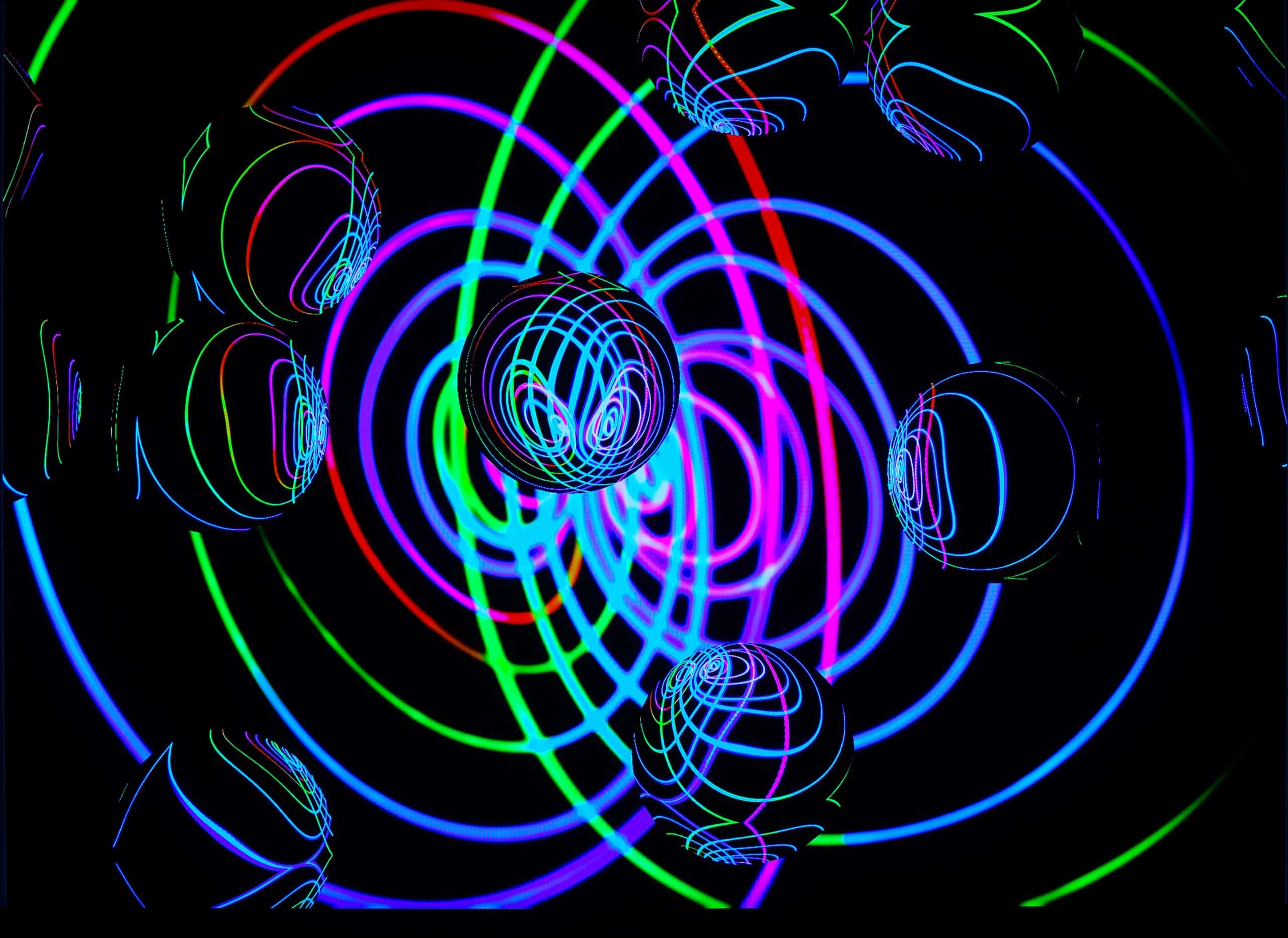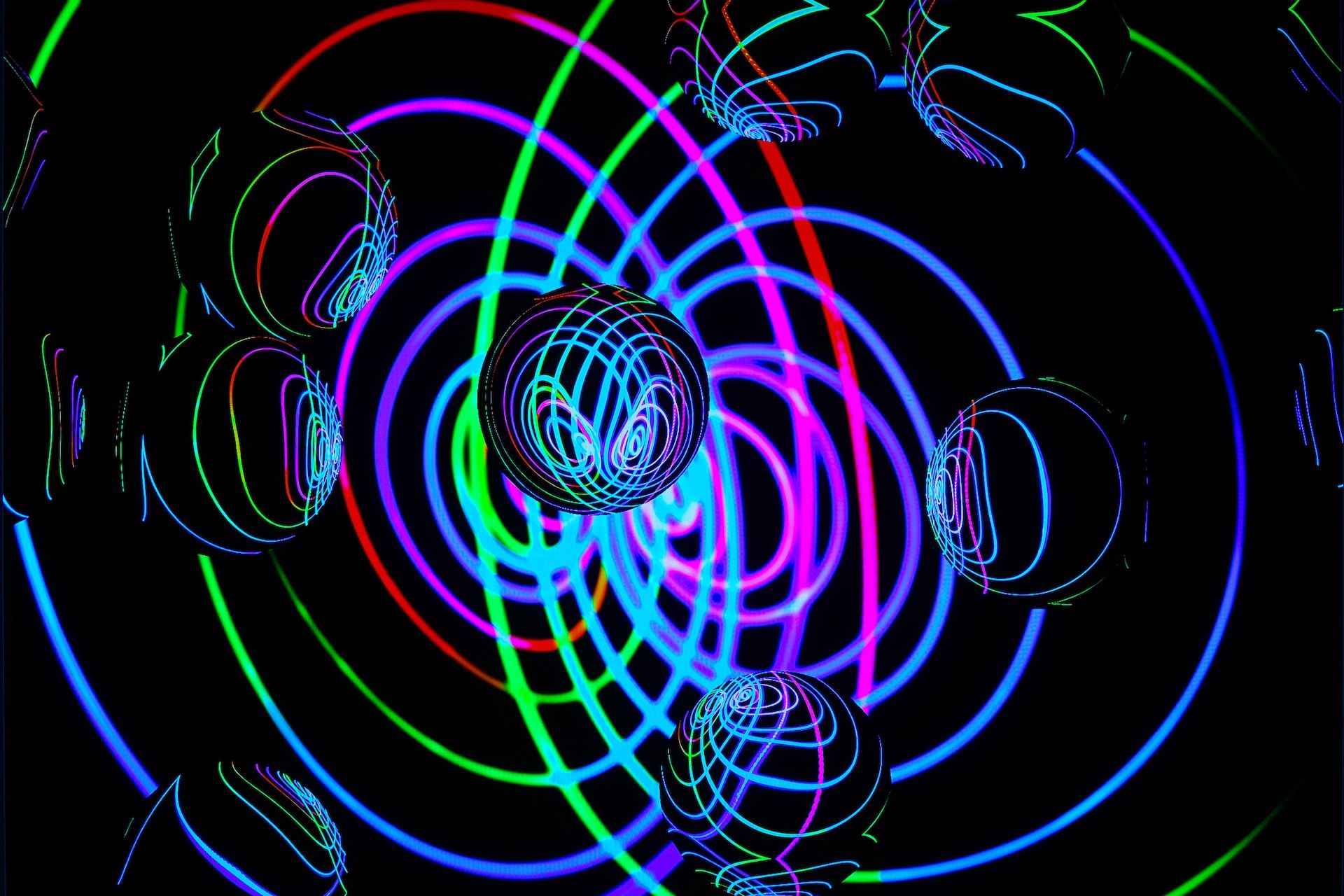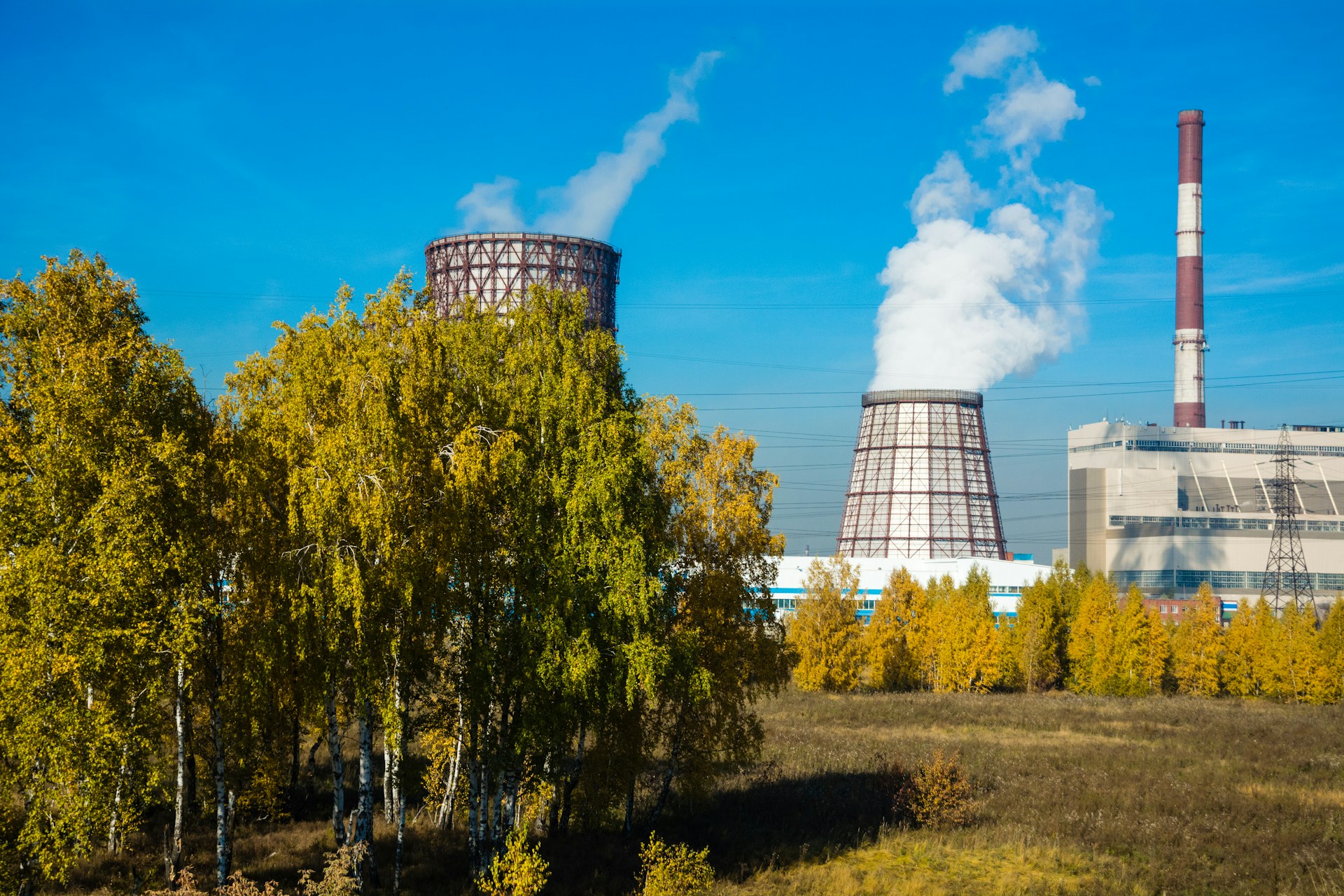
What Is Vacuum Energy Really?
April 12, 2022 - Ellie Gabel
Revolutionized is reader-supported. When you buy through links on our site, we may earn an affiliate commission. Learn more here.
Could vacuum energy provide infinite power and allow humans to travel to the furthest reaches of space? Is it rapidly changing the shape and size of the universe? These questions are just the tip of the iceberg when it comes to vacuum energy and the mysterious world of dark energy. It’s one of the greatest unsolved mysteries of modern physics.
Many theories are circulating the internet about its to be the ultimate power source or a far-future rocket propulsion technology. Theoretically, it could even be causing massive cosmological expansion and changing the universe’s curvature. It’s difficult to grasp what vacuum energy actually is through all this noise, though. It starts with Einstein’s equations for general relativity.
Einstein’s Cosmological Constant
Einstein’s famous field equations include the coefficient lambda, which he used to represent a theoretical cosmological constant. This cosmological constant is the energy density of empty space – the vacuum. At the time, Einstein and his contemporaries were working on the leading theory that the universe is static, just like a mug sitting unmoving on a table. The net forces on the universe were zero, so this cosmological constant zeroed out.
However, Einstein eventually removed the cosmological constant from his equation. Leading theories turned toward the idea that the universe is expanding. American astronomer Edwin Hubble confirmed this concept in 1929, which set in motion the controversy surrounding Einstein’s cosmological constant. If the universe is growing at an accelerating rate, the cosmological constant can’t be zero because non-zero net force is required for acceleration.
This led physicists to the obvious follow-up question: If the cosmological constant isn’t zero, what is it? This applies on both a mathematical and conceptual level. The cosmological constant must exist, but its nature and value were a mystery.
Quantum Field Theory and Vacuum Energy
Quantum field theory (QFT) bridges classic physics, quantum mechanics and special relativity to create a model of subatomic particles’ behavior. There are many different quantum fields, one for each fundamental particle, such as electrons or the various quarks. Quasiparticles are a particularly interesting niche of theoretical physics stemming from quantum field theory.
In QFT, empty space is basically a vacuum state full of these quantum fields. At their lowest energy density level, these fields all experience fluctuations, or excitations. This could be due to zero-point or vacuum energy. In fact, it is often thought of as virtual particles appearing and disappearing in the void. These particles are created alongside antiparticles, which inevitably destroy them, although they can interact with physical ones before popping out of existence. This is what Feynman diagrams are designed to map.
Is vacuum energy just a bunch of inaccessible particles appearing and disappearing in the vacuum? Sort of. It’s known to be a type of dark energy, which impacts the universe’s expansion rate. Vacuum energy is also a case of zero-point energy, the lowest energy state possible in quantum mechanics. It refers to the fluctuations quantum fields experience at absolute zero in the vacuum of space. Therefore, theories connected to it also frequently refer to zero-point energy.
Cosmic Expansion and Acceleration
Einstein’s field equations include a few elements that are important to understanding the role vacuum energy plays in the universe and why it’s so confusing. There are two constants: G and lambda. G is Newton’s constant, referring to the strength of gravity, and lambda is Einstein’s cosmological constant. These values are constants of nature, meaning they apply the same way anywhere in space. Another value, T, represents all the other types of energy in the universe. On the other side of the equation are two values, R, which quantify the curve of spacetime.
Interestingly, this equation reveals the relationship the cosmological constant has with the universe’s accelerated expansion. Physicist Sabine Hossenfelder has explained that when T is zero, the equation represents empty space. Lambda then becomes the energy density of the vacuum. This gets to the core of what vacuum energy actually is. Dr. Hossenfelder points out that when “plugging in” the function a(t), representing the scale factor of the universe, in Einstein’s equation, the result is that the acceleration of the universe’s expansion is proportional to the cosmological constant.
When that scale function, a(t), is positive, the distance between objects in the universe increases. When lambda is positive, the expansion of the universe accelerates. This means vacuum energy is non-zero and is causing the acceleration.
This is confusing for physicists because one might think that if it is a bunch of virtual particles, they would create more gravitational force as they attract one another, causing the universe to contract. Even more baffling is that its density remains constant even as the universe expands. No other type of energy behaves this way. The volume of vacuum energy in space would have to be increasing for this to be possible.
Cosmic Confusion: Predicting the Constant
Vacuum energy is the ambient background energy permeating space throughout the universe. It is related to the universe’s accelerating expansion, although little is known about its exact nature or quantity. Naturally, physicists would like to understand its nature and value. Unfortunately, figuring out the mysteries of the cosmological constant is anything but simple.
Feynman and Wheeler
It is never a good sign when a scientific theory gets a nickname like “the vacuum catastrophe.” Two well-known physicists, John Wheeler and Richard Feynman, famously predicted the value of the energy density of vacuum energy to be an astronomically huge number, 10112 ergs/cm3. This value is so massive that Feynman and Wheeler said it would take only a teacup of this type of energy to boil the Earth’s oceans. The problem with this number is that it is wildly different from the observed universe.
If it is as massive as Feynman and Wheeler predicted, the universe would be accelerating at a far greater rate than it is. Its curvature would be increasing, as well. However, this is not what physicists observe. This has led some in the scientific community to refer to the predicted value of the density of vacuum energy as “the worst prediction ever” since it was over a hundred magnitudes of value larger than observations would suggest.
Correct or Incorrect?
Some people conclude that there must be some other energy in the universe that’s canceling out vacuum energy. Scientists don’t know what this energy is yet, so the mathematical prediction for it is incomplete and thus incorrect.
In reality, Feynman and Wheeler’s prediction may be accurate. Scientists can only measure differences in energy, just like the current of electricity. If vacuum energy is the same everywhere in the universe and there is no change anywhere, it can’t be measured. The zero-point of vacuum energy doesn’t impact or invalidate quantum field theory. Feynman and Wheeler’s seemingly outlandish prediction could be correct. However, this massive amount of energy can’t be accessed because it is at equilibrium everywhere in the universe.
Vacuum Energy Myths
Unfortunately, much of the buzz surrounding vacuum energy and zero-point energy has to do with far-fetched theories that this infinite energy source could be used for all sorts of things. These theories are mostly nonsense. One of the most nonsensical ones is that it could be used as a free, unlimited source of power, even allowing travel to the distant reaches of space.
Unfortunately, this isn’t possible. It would be like trying to use the world’s oceans as a near-infinite source of drinking water. People can’t actually drink ocean water, at least not safely. In the same way, on a far greater scale, vacuum energy may energy. However, that does not mean it can be used as a power source, no matter how much is out there.
People extract energy to use as power from its transition toward equilibrium. This can only be done when energy is changing. If it is already stable throughout the universe, there’s no way to simply siphon off infinite amounts to use as power. It does not change, so there’s no way to access it.
The Universe’s Mysterious Energy
Vacuum energy is simply the universe’s constant background energy. Physicists have some predictions of its value or energy density, and it does have something to do with accelerating the universe’s expansion. However, using it as a power source or rocket propulsion remains firmly and exclusively in the realm of science fiction.
Revolutionized is reader-supported. When you buy through links on our site, we may earn an affiliate commission. Learn more here.
Author
Ellie Gabel
Ellie Gabel is a science writer specializing in astronomy and environmental science and is the Associate Editor of Revolutionized. Ellie's love of science stems from reading Richard Dawkins books and her favorite science magazines as a child, where she fell in love with the experiments included in each edition.








Very Good 👍